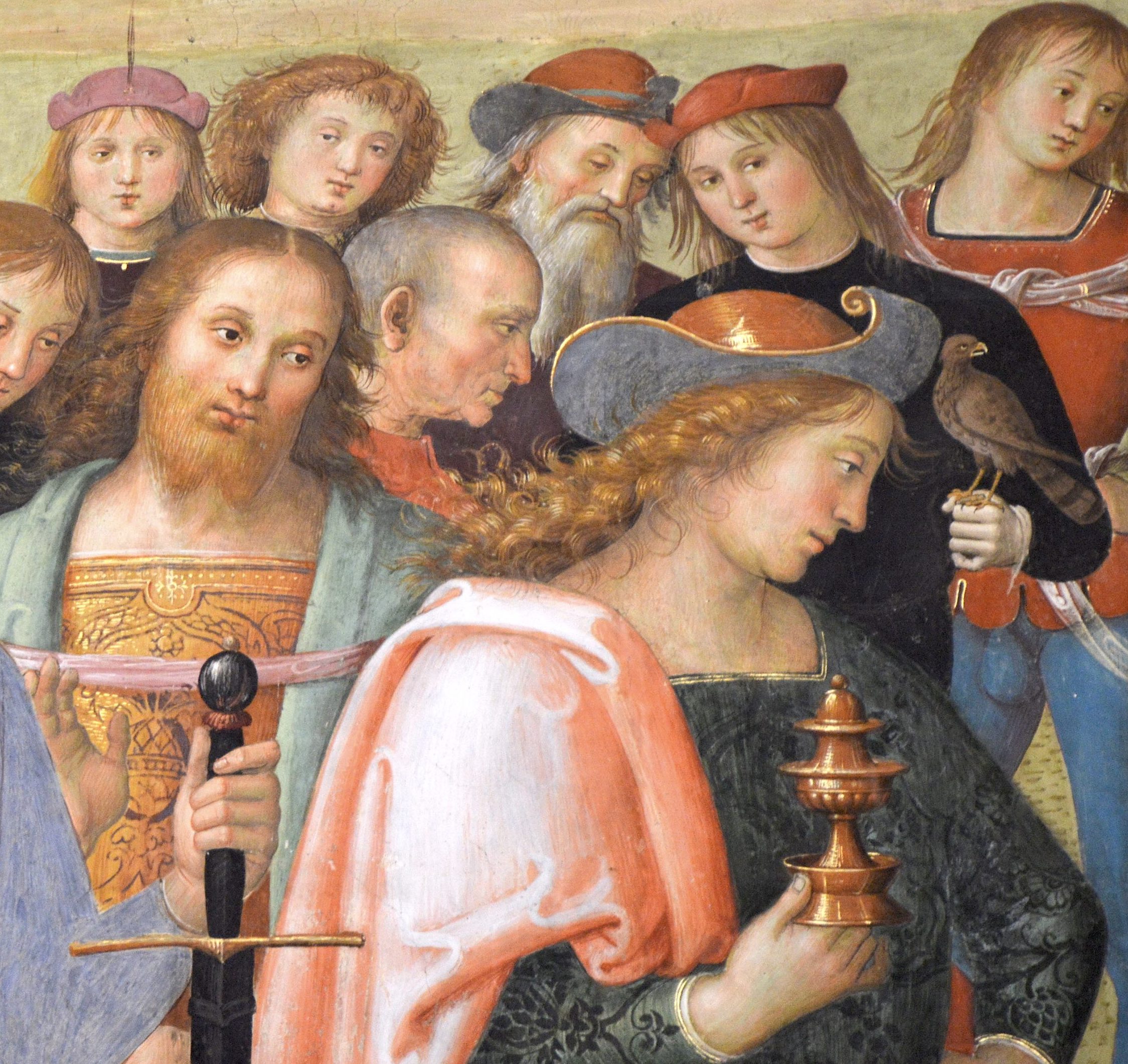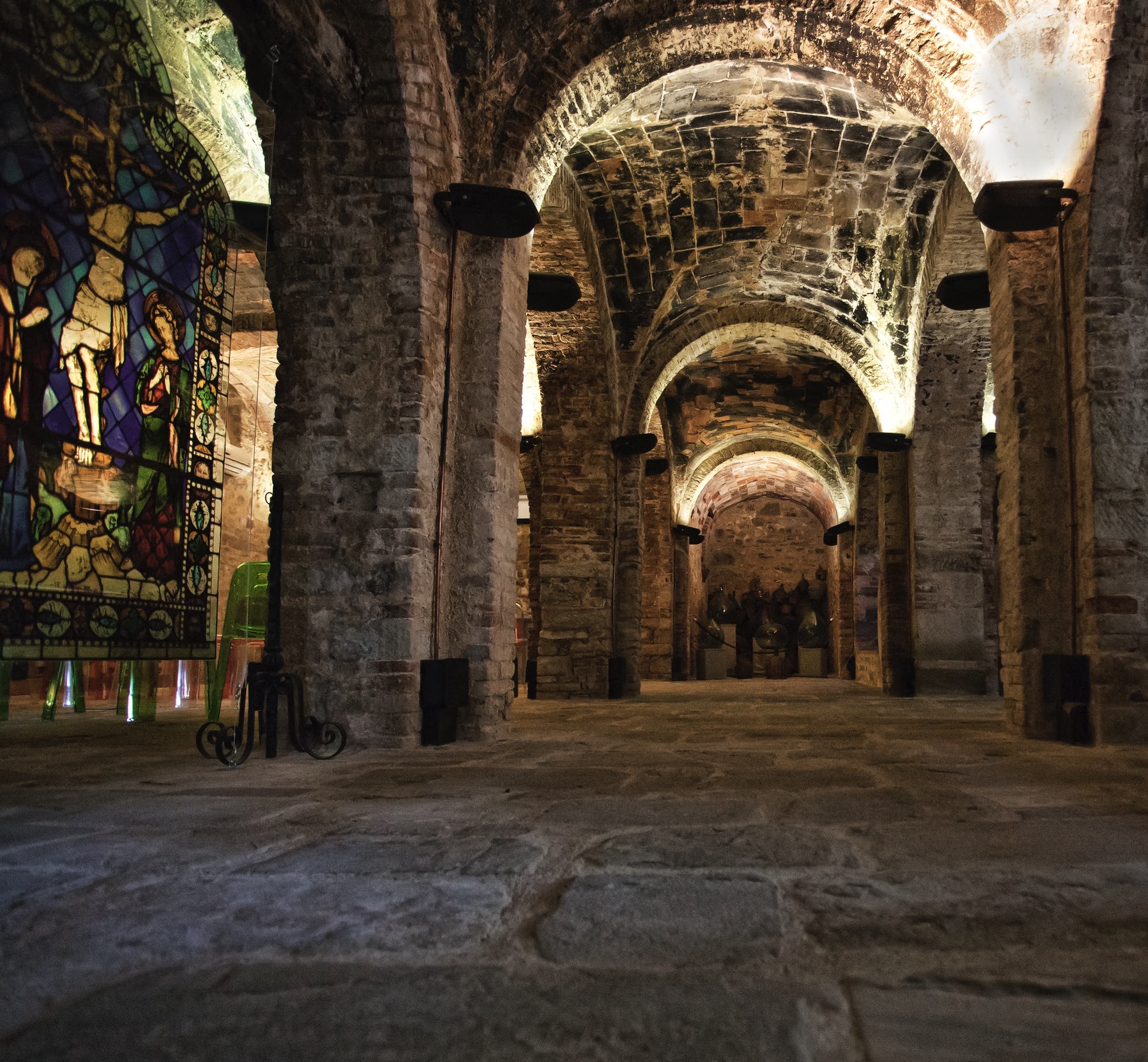HISTORY
CITTÀ DELLA PIEVE
Città della Pieve stands on a hill 500 meters high (s.l.) on the border between Umbria and Tuscany, overlooking Valdichiana and Lake Trasimeno. Many and diverse sceneries can be seen from the town’s different viewpoints: Monte Cimino to the south, Monte Peglia and the Sybilline Mountains to the south-east, Monte Arale, the Nestore Valley and Mount Subasio to the east, the Trasimeno hills and the Pratomagno, in the province of Arezzo, to the north, and finally Monte Cetona and Monte Amiata to the west. The current territory of Città della Pieve was under the rule of Chiusi, one of the most influencial Etruscan cities, during the Etruscan-Roman era.The many archeological findings discovered over the years, now scattered throughout the different museums in Europe, are proof of this. Among them the Etruscan Obelisk dated to the 6th century B.C., now kept on the grounds of Palazzo della Corgna, and the Etruscan Tomb of the Pulfnas, discovered in 2015 and dated between the 4th and the 2nd century B.C., whose findings are now kept inside the Museo Civico-Diocesano (former church of Santa Maria dei Servi).
The ancient fortified village of Città della Pieve, now the historical center, dates back to the 7th/8th century A.D. and it was built close to a parish church, with baptisimal functions, dedicated to the patron Saints Gervasio and Protasio, both from Milan, probably by people coming from northern Italy. The parish was a center of religious and civil aggregation and the fortified village built there, the Castrum, later in the centuries became a castle. The name “Castel della Pieve” comes from the union of the ancient parish and the castle itself.
The typical brick buildings connected by small arches and narrow alleyways are distinctive traits of the Middle Ages architecture, and can be admired while walking on the streets of Città della Pieve. Same goes for the Municipal Tower, the Bishop’s Tower and the mighty Rocca Perugina. Many important churches were also built in that period, such as the Church of Sant’Agostino, the Church of San Francesco, the Church of Santa Maria dei Servi and the Monastery of Santa Lucia with the Poor Clares of the San Damiano Order. The partition into three districts, the so-called “Terzieri”, also traces its origins there.
Pietro Vannucci, better known as Perugino, was one of the most influencial italian artists, a Renaissance symbol and the most illustrious son of Castel della Pieve. Many of his masterpieces are kept there, among them the famous “Adorazione dei Magi”(1504) in the Oratorio of Santa Maria dei Bianchi.
In 1529 Pope Clement VII de’ Medici decided to permanently remove Castel della Pieve from the Legation of Perugia, thus leaving it under Rome’s direct control. From this moment on, the city was ruled by perpetual governors elected by the Pope, such as Ascanio della Corgna, bishop Fulvio della Corgna and bishop Ferdinando de’ Medici.
In 1600 Pope Clement VII Aldobrandini raised Castel della Pieve to the rank of City, whence the new name Città della Pieve, and transformed the old parish, which already became a collegiate church during the 16th century, into a Cathedral, thus officially establishing the birth of the Diocese of Città della Pieve. Up until then the town was still part of the Diocese of Chiusi.









